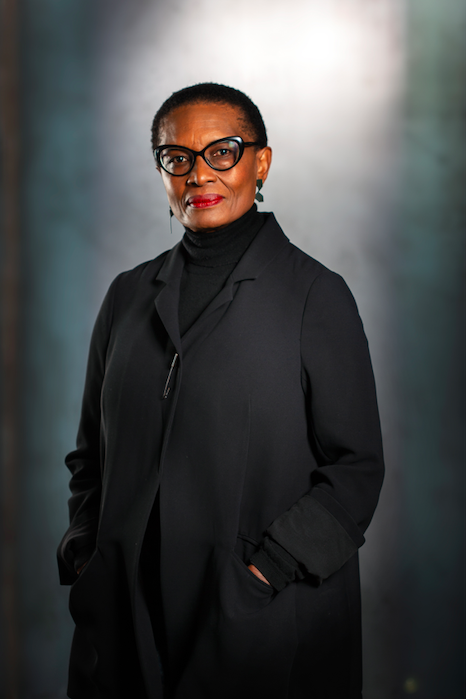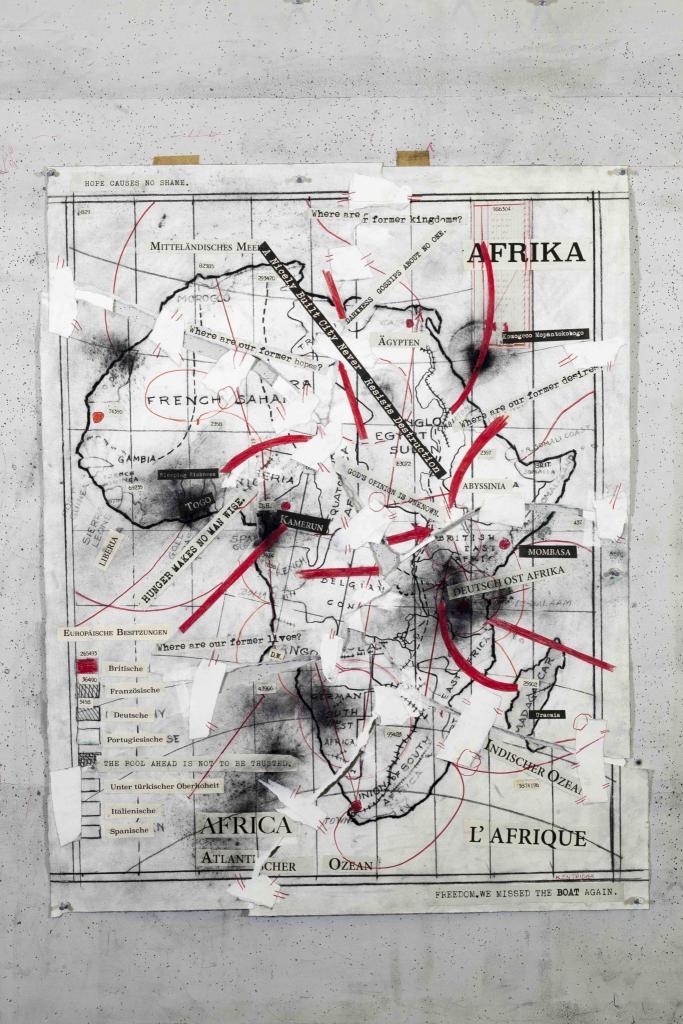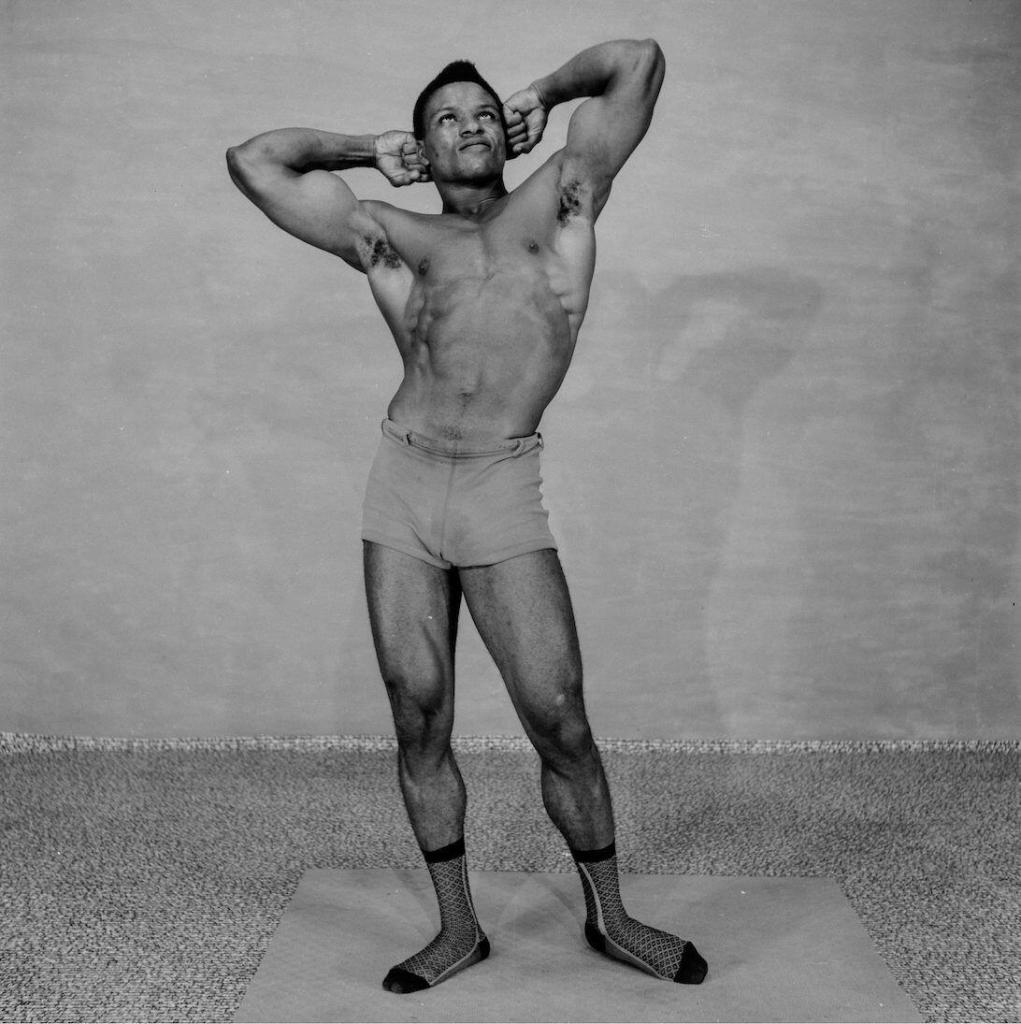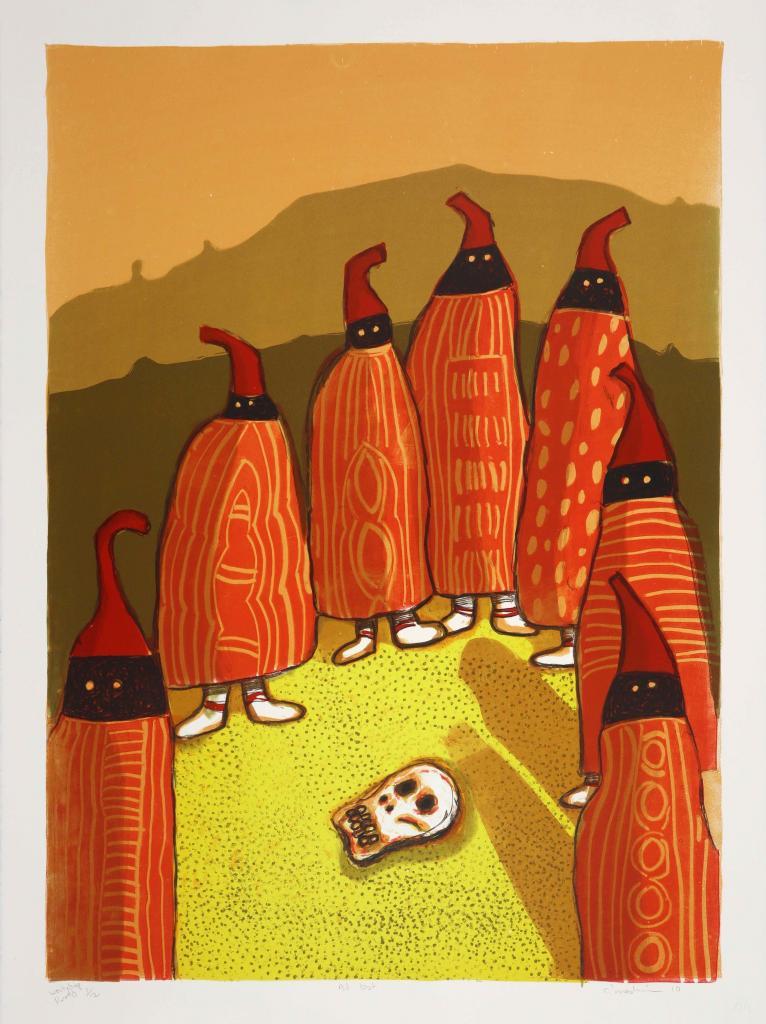LATITUDES Art Fair is provoking fresh ideas in the art ecosystem
A new platform for contemporary African art

The art ecosystem in South Africa is evolving in response to dramatic shifts in the needs of artists, curators, collectors and audiences. This year, five women came together to co-found a new art fair (LATITUDES Art Fair) in Johannesburg —Makgati Molebatsi, Lucy McGarry, Roberta Coci, Nokwazi Zimu and Anthea Kemp with the assistance of art media specialist and communications strategist Bronwyn Coppola. I had a conversation with one of the co-founders, Makgati Molebatsi, about her journey into the art-world, the fair and the art landscape locally (South Africa).
NM: Can you tell us about your journey into the art world, what do you do and how did you get here?
MM: It’s been a long journey which started with working as a volunteer during the 2nd Johannesburg Biennale in 1997, assisting with travel arrangements for international artists and invited guests. I developed an interest in art, which led to a passion. I started travelling for art; going to international biennales, visiting museums, exhibitions, galleries and art fairs locally and globally; among them Dakar Biennale in 2002, Documenta 11 in Kassel and Seville Biennale and Venice Biennale. I also started reading about art and acquiring works by emerging artists. All this led to my being invited to the board of Fordsburg Artist Studios (commonly known as The Bag Factory) in 2008. After attending the inauguration of 1-54 Contemporary African Art Fair in 2013 and the second one in 2014, I made a decision to leave a 30-year career in Marketing and Communications and transition to a career in art. Soon after, I took up a course in Art & Business at Sotheby’s Institute of Art, London Campus. On completion, I established my company; Mak’Dct Art Advisory & Agency.
NM: Can you tell us a bit about your company: Mak’Dct Art Advisory & Agency?
MM: We offer advisory services —focusing on contemporary art by African artists on the continent and in the diaspora. We provide guidance to individuals and corporates on the acquisition of artworks, collection management and valuations. We also service artists who are in the early stages of their careers, enhancing their careers and increasing their visibility.
NM: Can you tell us about LATITUDES Art Fair?
MM: LATITUDES Art Fair is a new platform for contemporary African art in international times – a niche-focused art fair that seeks to increase local art audiences and profile more African art. The fair aims to expand and strengthen these audiences and to create a richer understanding of African cultural production globally. It will bring together a curated selection of galleries, independent platforms, artisanal studios, and artists from the African continent and diaspora. It is developed in close conversation with several African galleries and sets out to serve the diverse needs in the contemporary art sector throughout the Majority World.
Our objective is to provide a meaningful and inclusive platform for every stakeholder that contributes to the broader art ecosystem —which is why we’ve called the fair LATITUDES. Our approach can be described as lateral or latitudinal, where new concepts are created by looking at things in novel ways. Whereas logical (‘vertical’) thinking carries a chosen idea forward, sideways (‘lateral’) thinking provokes fresh ideas and has the potential to change our shared frame of reference.
The inaugural edition of the LATITUDES Art Fair will take place in the Nelson Mandela Square (Sandton, Johannesburg) from 13 – 15 September 2019.
We are working to create an art fair that honours the disruptive and pioneering spirit of our colleagues and supporters. We help to build an art scene in South Africa that is truly for everyone.
Makgati Molebatsi, co-founder of LATITUDES Art Fair
NM: How did LATITUDES Art Fair come about? Why another fair?
MM: It was born out of a collective vision and a widening hope that African artists could enjoy different and better conditions in the art world in South Africa and internationally. This vision was articulated by five women working in the South African art scene (myself and my four co-founders).
The foundation is initiated based on artists, curators, collectors, and art lovers who have felt for some time that the art market as it exists today, does not yet have a place for them. We’re working alongside brave colleagues and supporters who are all disrupting an incredibly powerful and dominant structure in their own ways. We are working to create an art fair that honours their pioneering spirit and helps to build an art scene in South Africa that is truly for everyone.
The month of September is dedicated to celebrating art in Johannesburg — people come from all over the world to participate. It is important to keep developing the offering in order to grow the audience and give them a compelling reason to return. LATITUDES Art Fair will bolster the city as a cultural destination and endorse the Arts Alive heritage and the successful work that FNB Art Joburg has done to increase awareness of and interest in Joburg as a centre for the arts.
We also turned to what is happening globally and realised that scale and diversity in the offering are important. For example, there are thirteen concurrent fairs that take place in Miami during Art Basel and seven in New York during Armory (a similar pattern presents itself at Frieze and 1-54 Contemporary African Art Fair). It seems a natural step to expand on what is already taking place during art week; increasing activity while providing visitors with a world-class experience. We identified an opportunity to create a fair to fully represent the art community – especially when FNB Art Joburg decided to make their offering more focused and with fewer galleries. LATITUDES creates a wonderful parallel contribution to the celebrations over that weekend.
NM: Can you tell us about how LATITUDES Art Fair is differentiating itself, particularly paying attention to how it suits the needs of galleries, collectors, art dealers and the public?
MM: We don’t see it as different, we see it as complementary to art fairs happening in Joburg. LATITUDES Art Fair is extending the offering and experience. There is room for this kind of expansion.
If collectors can’t find what they are looking for at one fair, then they can go across to the other.
There is a plethora of outstanding artists with a rich cultural heritage reflected in the depth and breadth of the work they produce. After 11 years on the board of The Bag Factory, I have seen an increase in the number of artists operating at a professional level – not all of them can be absorbed by galleries. We are meeting the need for greater balance between supply and demand. The role of the gallery is still critical in the supply chain because they can provide the necessary full-service support for artists, however, there are just not enough galleries.
LATITUDES can provide support to these individual artists by exposing them to markets and bringing them into the conversation.
In terms of delivering a different experience for the public; after doing research with galleries around the continent, we’ve created a more flexible and dynamic model that will no doubt evolve and develop as we expand in size and reach. One of the many initiatives we have introduced is the option for galleries to showcase a concise presentation of three artworks by one artist within a section managed by fair staff (entitled SPOTLIGHT). This is intended for galleries outside South Africa to participate and have access to the market without having to shoulder the cost of a full booth. It also means that we can spread our representation further afield and collaborate with more and more galleries abroad.
“The role of the gallery is still critical in the supply chain because they can provide the necessary full-service support for artists, however, there are just not enough galleries.”
Makgati Molebatsi, co-founder of LATITUDES Art Fair
LATITUDES combines the traditional core element of an art fair and exhibitor booths run by galleries, with a curated programme of talks, solo artist presentations, a contemporary art auction presented by our VIP partner, Strauss & Co and an audience development initiative entitled LATITUDES Limited in the form of a limited series of new artworks created by five artists in collaboration with David Krut Projects.
The same artists have collaborated with our luxury vehicle retailer, Daytona, to wrap five of their latest models from the Rolls Royce Ghost and Aston Martin Vanquish S to McLaren 650S. Visit the fair to see these vehicles unveiled. By working across modalities in this way, we are creating opportunities for something unexpected to arise—for unforeseen encounters between new collectors and new art dealers, and for networks to emerge organically across different constituencies in the art sector.
NM: Which artists are you personally excited about and why?
MM: So many….at a push, I will single out Sthenjwa Luthuli. His woodcuts painstakingly carve out intertwined figurative shapes in a monumental size. He completes them in vibrant colours which pull you in, enticing you to trace the patterns with your fingers. Labour intensive and beautiful.
The colour infused abstract figurative works by Wycliffe Mundopa. I first saw his artworks at the Zimbabwean gallery First Floor booth at the 2016 London Art Fair. They caught my attention then, and they still do today.
I am excited about the limited edition prints by the five artists and the collaboration with Daytona. Another instagrammable opportunity, and greater profiling for the artists and their artworks. This is an opportunity for acquisition not to be missed. Those artworks will live on in history.
NM: For any young people looking to collect art (as a form of investment), what do you think they should think about?
MM: They need to think about what engages and appeals to them first. Acquire to live with the artwork and familiarise yourself with the artist you have acquired – gain deeper knowledge of their genre and style. The investment comes later when you are familiar with an artist career trajectory and what creates value in their artworks. Once you are armed with this knowledge and information, you can start considering acquiring art as an investment. Otherwise, if a young person really wants to acquire art as an investment and has limited knowledge on how to go about it, they can seek professional art advise.




